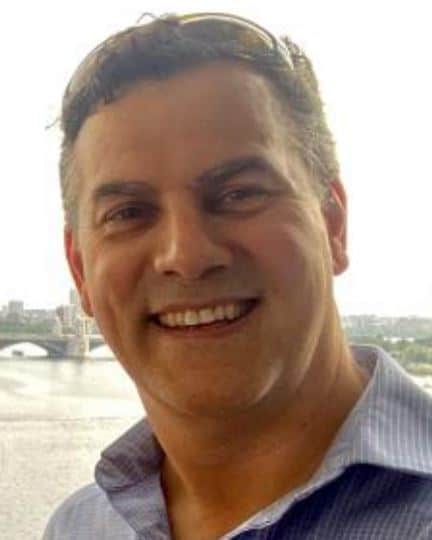
Professor Paul Trainor
Stowers Institute for Medical Research, Kansas City, MO USA
- 12:00
- G19 Ground Floor , 15 Innovation Walk Monash University Clayton Campus
- Associate Professor Edwina McGlinn
Global processes have tissue specific effects in development and disease
Abstract
Ribosome biogenesis, DNA damage repair and RNA splicing are global processes critically required for normal cell growth, proliferation, survival, and differentiation. However, disruptions in these processes result in diseases such as cancer, and tissue specific birth defects that primarily affect the craniofacial complex and organogenesis. Central to proper craniofacial and organ development are neural crest cells, a migratory stem and progenitor cell population which generate most of the craniofacial skeleton, the septum of the heart, and the neurons and glia of the enteric nervous system in the gastrointestinal tract. Our results reveal dynamic spatiotemporal requirements for ribosome biogenesis, DNA damage repair and RNA splicing during development. Furthermore, we observe corresponding tissue-specific threshold sensitivities to disruptions in these processes in the pathogenesis of congenital birth defects and disease, which may be preventable.
Bio
Paul has over 25 years of experience working on neural crest cell development and craniofacial biology. His PhD with Dr Patrick Tam focused on lineage tracing and fate mapping cranial mesoderm and neural crest cells in mammalian embryos to establish the patterns of migration and progenitor cell interactions critical for craniofacial morphogenesis. During post-doctoral training with Dr Robb Krumlauf in London, he used these approaches in combination with transgenic and knockout mouse, and avian models to address fundamental questions in neural crest cell development, patterning and evolution. As a principal investigator, Paul continues to pursue research in embryo development and the etiology and pathogenesis of neurocristopathy and ribosomopathy birth defects and has made important high impact contributions throughout his career particularly with respect to the role of neural crest cells in craniofacial development, variation, evolution and disease using mouse and zebrafish models. These contributions are represented in over 185 publications and by their inclusion in developmental biology and medical textbooks, and in education and policy material provided to physicians, patients, and their families, such as that distributed by the National Organization for Rare Disorders. He received the David Bixler Excellence in Craniofacial Research – Distinguished Scientist Award from the Society for Craniofacial Genetics and Developmental Biology and is currently the Editor-in-Chief of Developmental Dynamics.
